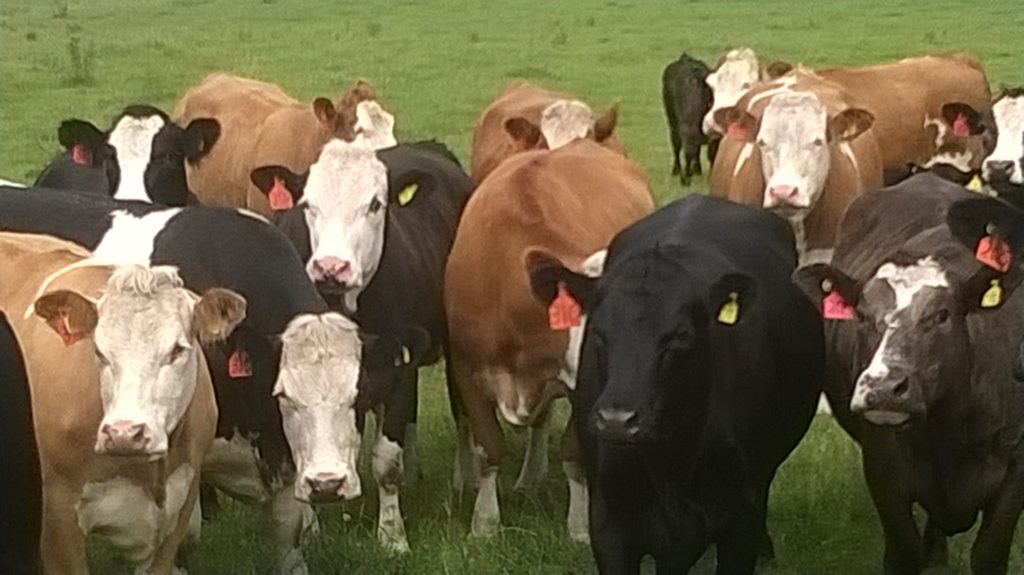Summer Finishing From Grass
21 April 2020Although good grazing management is key to achieving good growth rates for finishing cattle, it is also important to consider carefully what type of cattle are put to grass to get the best from them. All cattle will perform well on a well-managed grazing system, however some will flesh more easily on grass than others and some will grow more frame. We must keep our eye on what the market is looking for. With 400 kg carcase limits attention to detail is key – many cattle have performed well through the winter, consideration must be given to these cattle, is grazing them the right idea? Will they achieve the required level of finish, without ending up out of spec, should they be kept in the shed and finished there instead? These decisions will depend on cattle type and the type of system you have in place for managing grass quality. Take time now to think about what you are trying to achieve from your cattle at grass and make a plan for how you are going to get there.
Feeding finishing cattle where grass quality is lower
In areas where grass quality cannot be maintained due to terrain or other management factors, growing and finishing cattle will need supplemented for additional energy as grass quality tails off later in the summer to maintain growth rates. The timing of this will very much vary from farm to farm and it is important be aware where grass is plentiful and well managed, concentrates simply substitute grass intakes and make weight gain more expensive.
The level of grass supplementation will depend on:
- The type of cattle and target growth rates
- The amount of grass available
- The growing season and how much grass available
If grass is poor consider finishing cattle (targeting upwards of 1 kg daily liveweight gain) inside or push on outside. If they are outside and grass is in low supply or of poor quality, then consider putting out an ad-lib hopper with concentrates – take care to introduce feeding slowly and to cattle that have a full belly to avoid gorging and then make sure hoppers do not run out thereafter. If feeding ad-lib and using outdoor space instead of a shed, it is advisable to have a ring of straw available to provide long roughage for rumen health if grass availability is poor. Also, on a wet day, cattle will tend to congregate round a feeder rather than graze. Where ad-lib hoppers are introduced into fields ensure that cattle have been used to being trough fed, work up to ad-lib feeding and ensure adequate access to the feed.
Care should be taken in balancing cereals with protein and minerals as well as considering using a digestible fibre feed, such as 10-20% sugar beet pulp or soya hulls, when transitioning cattle on to ad-lib. This will help avoid problems with acid overload on the rumen. Addition of a rumen buffer is also an option to help with rumen health when feeding cattle an ad-lib cereal based ration. Rumen buffers work by reducing the acid load on the rumen and improving the rumen environment. A healthy rumen means cattle will have a good appetite and better feed conversion efficiency.
Karen Stewart, karen.stewart@sac.co.uk
Sign up to the FAS newsletter
Receive updates on news, events and publications from Scotland’s Farm Advisory Service

